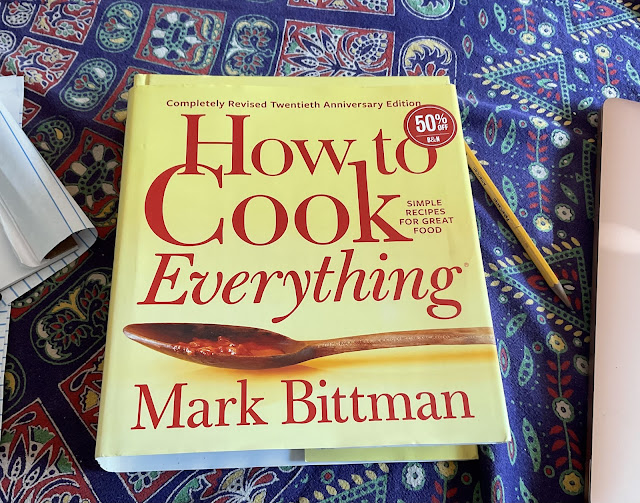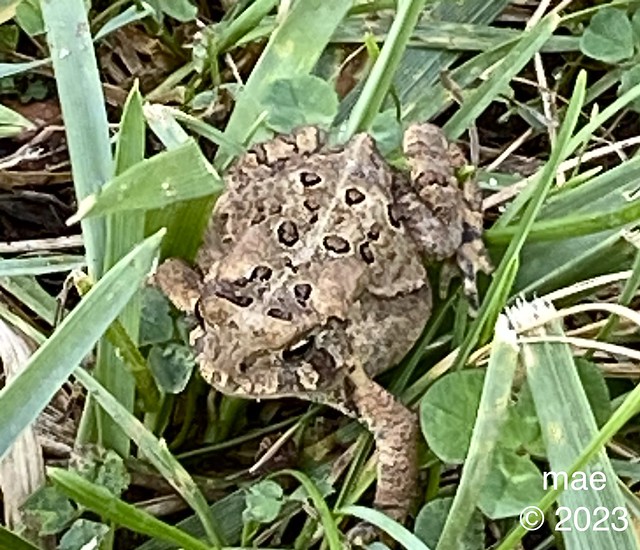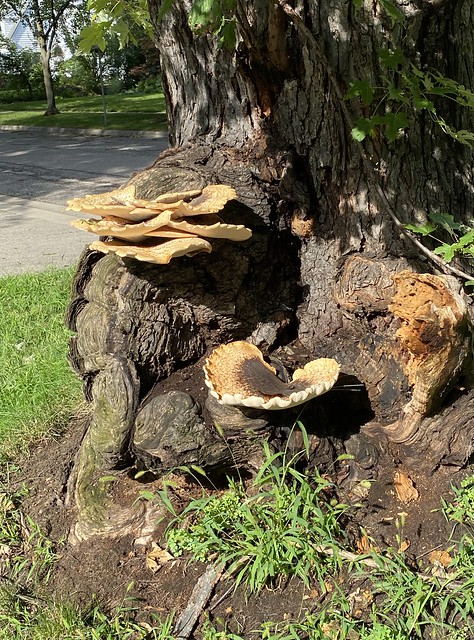 |
| The best of August: ripe local apricots! |
In my kitchen, as far as I know, no intelligent robots are likely to replace me and Len, the two cooks of the household. Could artificially intelligent (AI) robot workers eventually replace us humans in our own kitchens? Can artificial intelligence even come up with a decent recipe? One answer: "ChatGPT is smart enough to generate a recipe, but it’s not attuned to what actually tastes good." (source)
Very expensive robots in commercial settings do tasks like making rice balls for sushi or flipping burgers. Robots have done quality control for mass food production for a long time. But robots' capabilities limit each one to a narrow range of responsibilities. In laboratories, experimental robots recently have learned to taste whether an omelette has enough salt. But are practical robots ready to work in home kitchens, creating actual food, making the kind of varied menus we normally eat? Can they even do the dishes and put them away? Not yet, I think.
 |
| "Are Robots Really Destined to Take Over Restaurant Kitchens" An insightful look at the current state of very expensive food prep robots from 2016. "In 20 years, it will just be a commonplace fact that C3PO and his less humanoid brethren are the ones making your lunchtime Chipotle burritos." |
What robots are in kitchens now?
Rice cookers definitely can sense when the rice is done. Dishwashers -- which have always been kind of a kitchen robot -- definitely decide when the dishes are clean. Bread machines can sense when it's time to move on to the next step in bread-making, but their bread isn't as good as hand-made bread. Such devices, which have been around for years, do represent a kind of limited AI. One automated device we all would like is a robot that loads and unloads the dishwasher for us. Don't hold your breath. A self-cleaning stove top would also be nice.
What about the upcoming robot generation? So far, the currently newsworthy AI systems like the famous ChatGPT mainly function as text generators -- a limited capability in terms of usefulness in the kitchen. The only application seems to be finding or inventing recipes.
Cookbooks and Recipes in Our Kitchen
Our recipe hunting endeavors currently consist of reading cookbooks and online recipe archives -- no AI involved. It's not apparent to me that a bot could replace what we do, since we know what we would like to eat, we know how we like our food seasoned, and we know what we have on hand and what we are willing or able to purchase. And we have different foods every day. Eventually, AI may help us, I guess.
Let's see where we found the recipes that we cooked this month:
 |
| New this month: Mark Bittman’s revised edition of How to Cook Everything. I gave it to Len for his birthday, because he’s becoming so interested in cooking. |
 |
| As I’ve said in previous posts, we are very satisfied when we cook from Andrea Nguyen’s recipes. |
 |
| Andrea Nguyen’s fish with turmeric served on a bed of lettuce, herbs, and Chinese noodles. The fish is topped with fried dill weed. |
 |
| Fuchsia Dunlop’s cookbook, photographed with the leftovers from the salad we made. Fuchsia Dunlop’s Dan-Dan noodles made with leftover Costco chicken and broccolini. Very spicy! |
 |
| Bean sprouts, wheat pasta, many condiments, and chicken: a cold salad. It’s a simple-sounding combination, but Fuchsia Dunlop's methods make it complicated -- and good. |
Using the New York Times Cooking Archive
 |
| From the New York Times: sheet pan vegetable medley: broccolini, grape tomatoes, lemon, onion, feta cheese. |
 |
| New York Times grilled eggplant served with rice. |
 |
| New York Times Soy-Braised Tofu with shiitake mushrooms. Recipe by Kay Chun. I requested a recipe containing tofu and mushrooms, and this was the very satisfactory result! |
 |
| Salade de Chèvre Chaud (Warm goat cheese salad) from the New York Times |
Grilling without a recipe
 |
| A vegetarian barbecue using a web-inspired soy butter for basting. |
Can AI figure all this out?
A prematurely released AI recipe program received a lot of attention recently because of its nonchalant descriptions of inedible and even dangerous concoctions. Some of its suggestions, according to an article in the Guardian, included a “fresh breath” mocktail made with bleach; ant-poison and glue sandwiches; “bleach-infused rice surprise;” and “methanol bliss” – a kind of turpentine-flavored french toast. Admittedly, the users listed inappropriate ingredients in their queries, but the bot wasn't savvy enough to recognize them, and turned them into recipes like "mosquito repellant roast potatoes." OK, this one needs work!
Several experiments with ChatGPT and other bots did result in pretty good recipes being generated when the user entered reasonable lists of ingredients. For example, on Good Morning America, there was a report of a pretty good lentil and shrimp recipe that ChatGPT provided after several iterations, though it sounds like the user added quite a bit of human intelligence to the process! (source)
Many stories highlight inappropriate AI recommendations having to do with food. One such strange result from Microsoft that I found interesting was a travel guide to Ottawa that suggested a visit to the local food bank as the third activity on your city tour: you were to go there between a visit to the National War Memorial and attending an Ottawa Senators hockey game. Helpfully, the description suggested that you visit the food bank with an empty stomach! Obviously the AI generator was unaware that visiting a food bank isn't a tourist thing. Or maybe some very strange human produced this document; Microsoft was a bit evasive. No, I don't believe a human created such a bizarre list.
UPDATE ON AI FOODIE SCAMS: Mushroom hunting is a risky business, and some recent AI-generated guidebooks make it even more dangerous; for example they suggest that tasting wild mushrooms is a way to ID them. (Never taste an unidentified mushroom!!) Potential buyers of these phony books, sold on amazon.com, are warned that “the authors are invented, their credentials are invented, and their species ID will kill you.” (source)
Another report of an actual experiment using an AI recipe generator was ambiguous: “Recipe for disaster? I tried Botatouille, BuzzFeed’s AI kitchen helper” The experimenter had a rather frustrating experience and ended up with nothing very good to eat. The interface by which the author asked for recipes was very poorly designed; for example, if she told the bot that she had no shallots, it would propose MORE recipes with shallots. The bot favored brand-name ready-made products; that is, it was already commercialized. None of the recipes were particularly good.
An interview with a recipe and menu creator named Alex Hill, as reported in this article, made sense to me:
“While she sees how AI can be used to make things easier for busy, working parents, she said these programs couldn’t duplicate the cultural and personal history that informs what people cook. For Hill, this means the recipes she makes are connected to what her mother has cooked or meals she’s shared with loved ones while mourning a breakup or celebrating a new job.”
Of course the AI chatbots may learn more over time, but the more I read, the more I suspect that there’s no substitute for knowing how ingredients taste. The successful results seem to involve a lot of coaxing from the human user.
Futuristic Robot Helpers? |
In "Sleeper" (1973) Woody Allen disguised himself as one of the household robots in the future society to which he had been transported. Are we any closer to having such devices in our daily lives? |
AI for sorting trash?
“In a decade, recycling bots could be everywhere, helping facilities churn out perfectly sorted bales of junk that companies can turn into something new. But recycling, even souped up with AI and robotics, will always have limitations. Recycling tech can treat only the symptoms of unconstrained consumerism, not the disease of companies that are dumping far too many single-use products into the world.”
Do you think we will eventually have AI sorters installed on our kitchen garbage cans -- who knows?





































